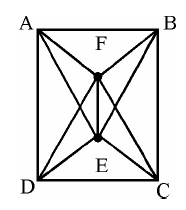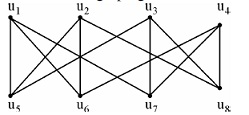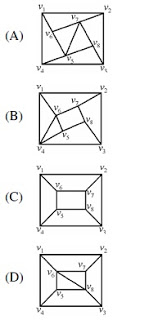Welcome to the Discrete Structures MCQs Page
Dive deep into the fascinating world of Discrete Structures with our comprehensive set of Multiple-Choice Questions (MCQs). This page is dedicated to exploring the fundamental concepts and intricacies of Discrete Structures, a crucial aspect of UGC CBSE NET Exam. In this section, you will encounter a diverse range of MCQs that cover various aspects of Discrete Structures, from the basic principles to advanced topics. Each question is thoughtfully crafted to challenge your knowledge and deepen your understanding of this critical subcategory within UGC CBSE NET Exam.
Check out the MCQs below to embark on an enriching journey through Discrete Structures. Test your knowledge, expand your horizons, and solidify your grasp on this vital area of UGC CBSE NET Exam.
Note: Each MCQ comes with multiple answer choices. Select the most appropriate option and test your understanding of Discrete Structures. You can click on an option to test your knowledge before viewing the solution for a MCQ. Happy learning!
Discrete Structures MCQs | Page 9 of 19
Explore more Topics under UGC CBSE NET Exam
The initial basic feasible solution of the transportation problem using Vogel’s Approximation Method(VAM) is given below. The solution of the this problem:






i. two aces of two kinds are chosen.
ii. two aces are chosen.
iii. two cards of the same kind are chosen.
iv. two cards of two different kinds are chosen
Suggested Topics
Are you eager to expand your knowledge beyond Discrete Structures? We've curated a selection of related categories that you might find intriguing.
Click on the categories below to discover a wealth of MCQs and enrich your understanding of Computer Science. Happy exploring!

Operating System
Dive deep into the core of computers with our Operating System MCQs. Learn about...

Cyber Security
Understand the fundamentals of safeguarding digital assets with our Cyber Security...






